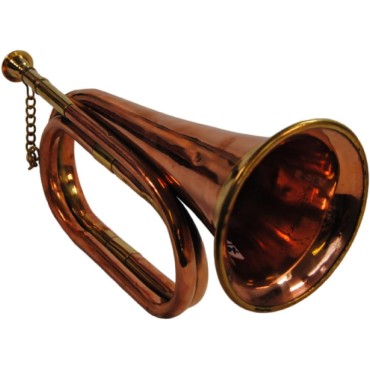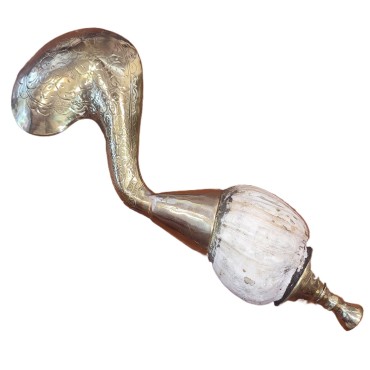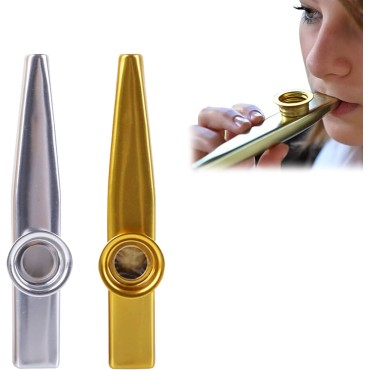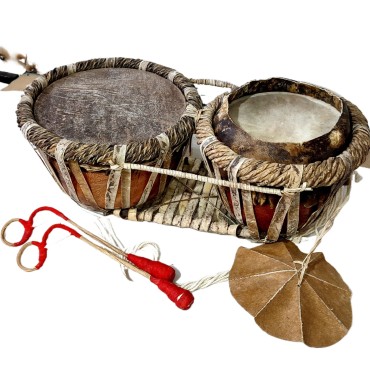- Horanawa with 6 holes made in brass and wood with reed.
- Horanawa Size: Length- 11" x Dia:- 3"
- known as the ‘temple clarinet’
- a tiny mouthpiece that touches the tip of the teeth.
Otherwise known as the ‘temple clarinet’, the horanawa is a beautiful little contraption. It’s actually more like an oboe than a clarinet, with a tiny mouthpiece that touches the tip of the teeth.
The instrument is traditionally made with the horn of a cow and brass. Underneath the brass mouthpiece there are seven tone holes interspersed regularly down the length of the horn, which flares out in brass at the end.
The horanawa is often used in Buddhist religious ceremonies as an accompaniment to percussion instruments.
Horanawa ෴ හොරණෑව
The horanawa is the Sri Lankan version of the double-reed instrument, which can be found in other cultures with similar shapes and playing techniques under different names. The horanawa has been important especially to Sinhala Buddhists since it symbolizes spiritualty and locality. Kulathillaka1 writes, referring to previous musicologists, that the horanawa has its origins in Western Asia, and that it migrated later to Sri Lanka.
To him, Sri Lankan drums reveal their history through the etymological features in Sinhala, unlike the term horanawa, which implies a foreign origin. He finds alternative terms used for horanawa in history as oththu thanthiri and pata thanthiri. The horanawa falls under the category sushira of the vernacular musical instrument classification system called panchaturya.
The highly regarded royal and religious events and Sinhala popular plays such as sokari, kolam, and nadagam were musically accompanied by panchaturya instruments, where the horanawa was equally important to drums. Buddhist murals in the temples of the southern coast depicting musicians playing musical instruments reveal that such events were very well perceived all over Sri Lanka, as various historical sources provide evidence for.
However, after the nineteenth century, in addition to these local musical instruments, the murals included the colonizers’ musical instruments, such as wind instruments made of brass, snare drums, harps, and the violin, documenting the impact of colonial culture on social changes in Sri Lanka. This research includes information gathered through interviewing musicians, scholars, and reviewing previous literature which is mostly unknown to the academic world outside Sri Lanka.



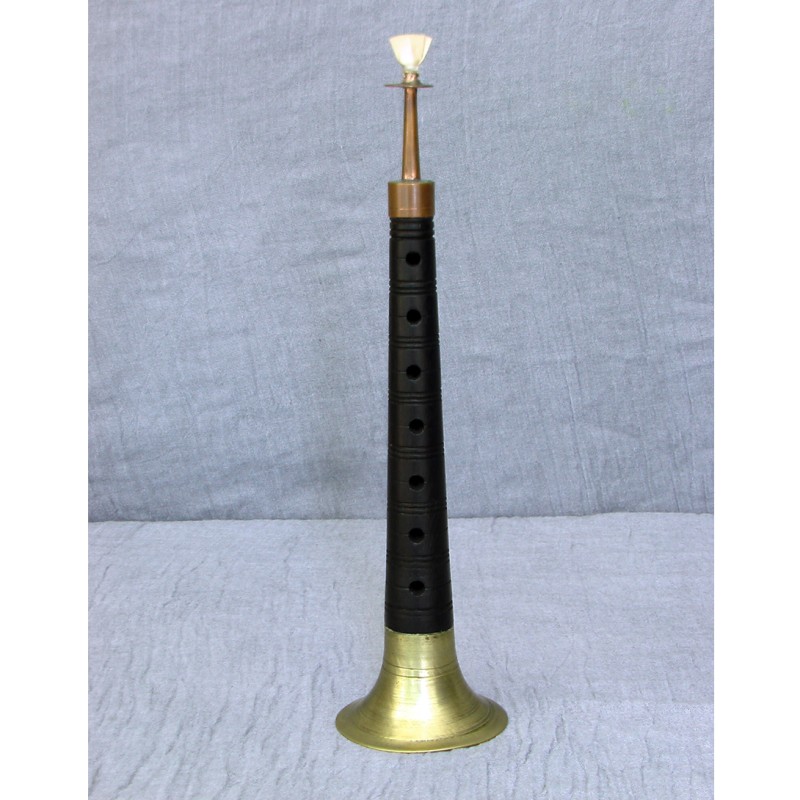
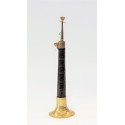
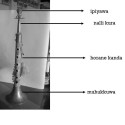


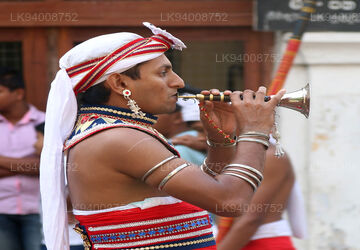


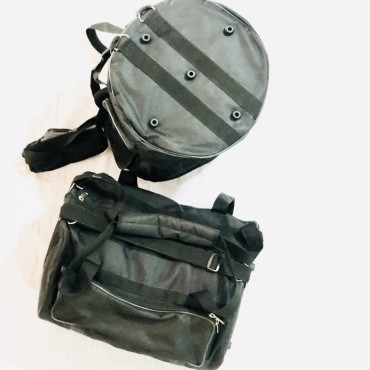
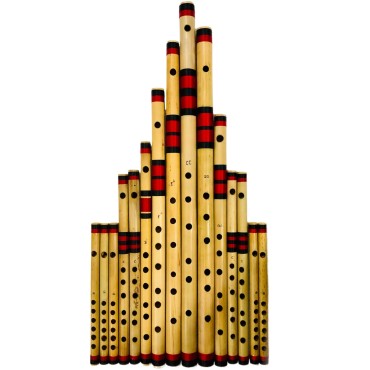
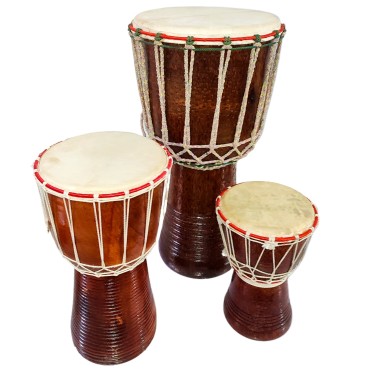

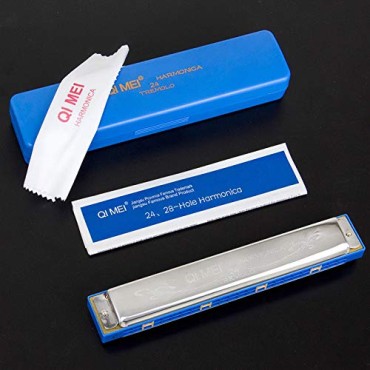
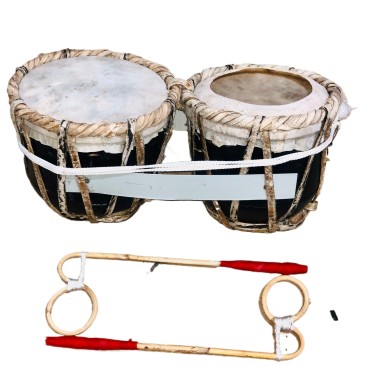
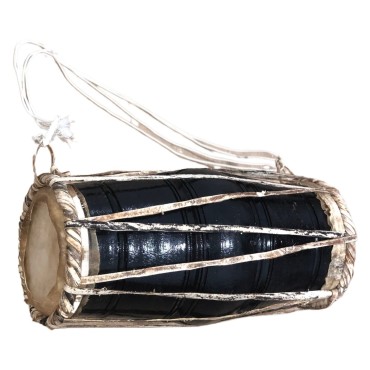
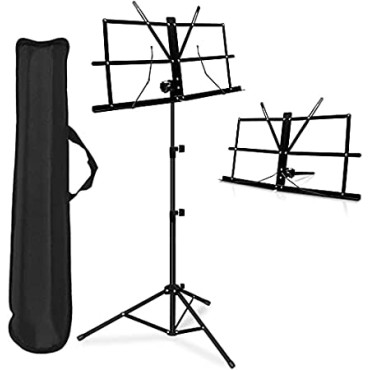

-370x370.jpeg)
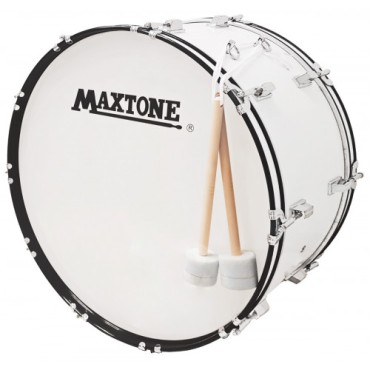

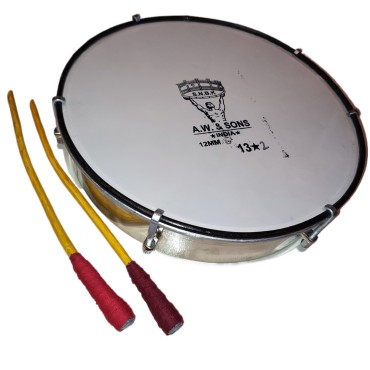

-370x370.JPG)
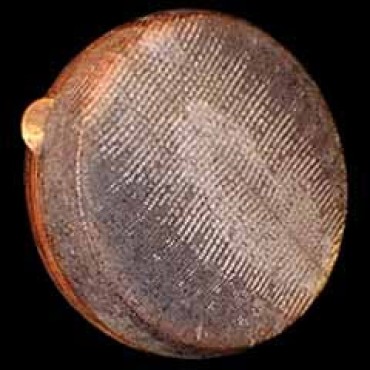
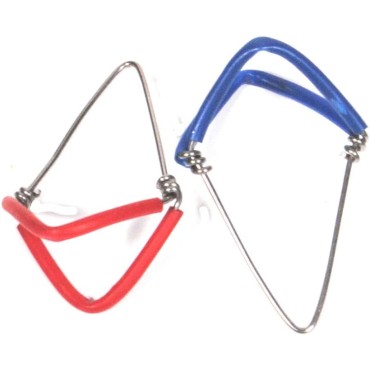
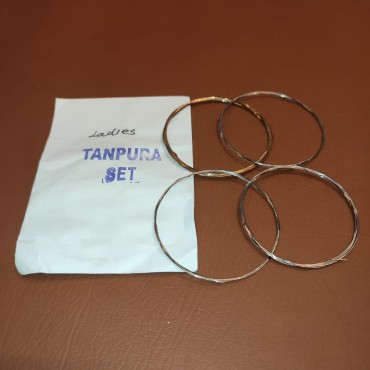

-370x370.JPG)
